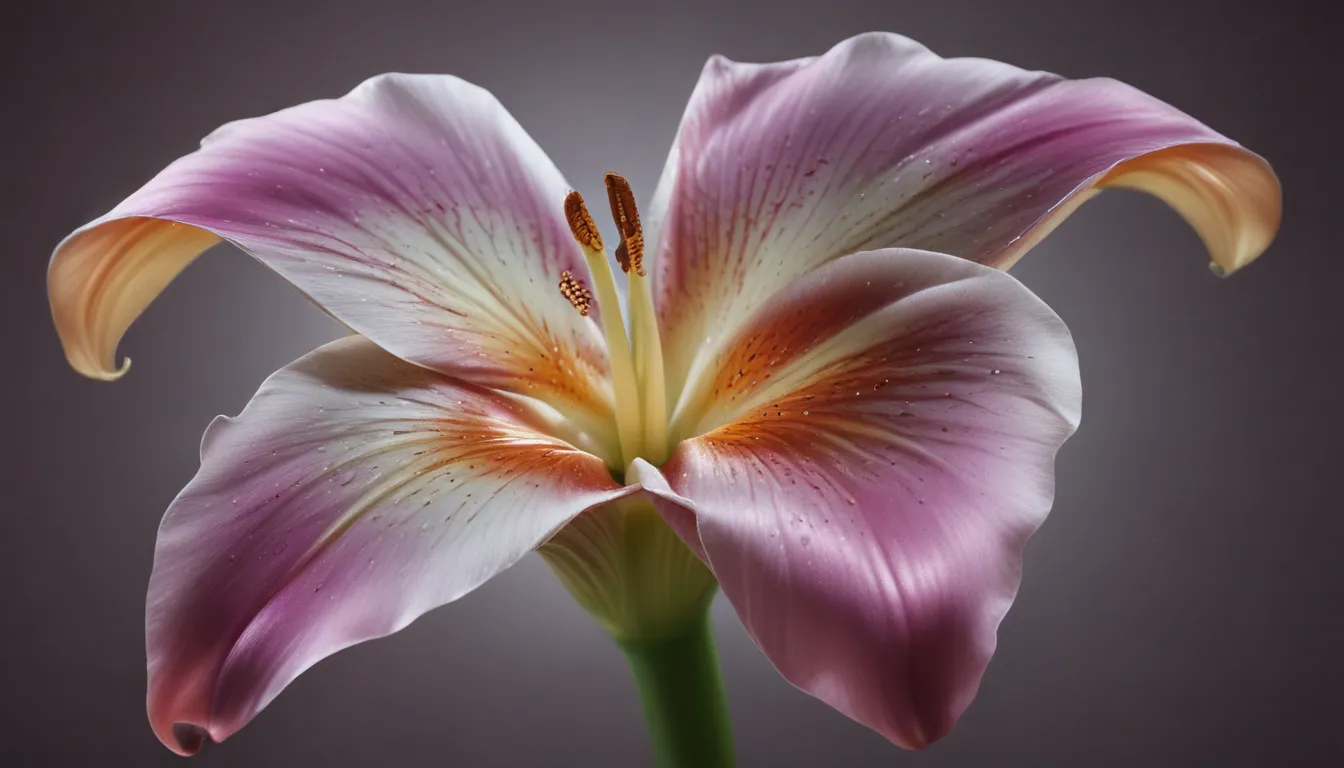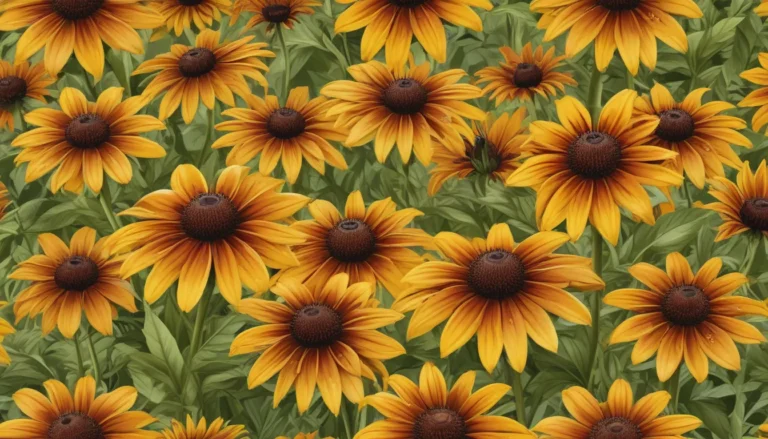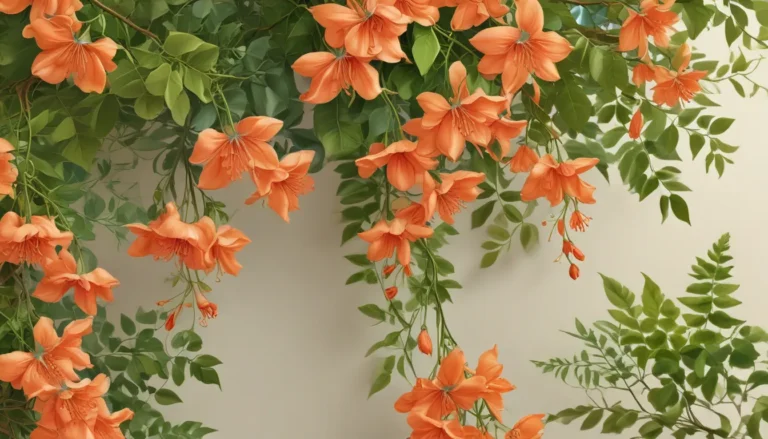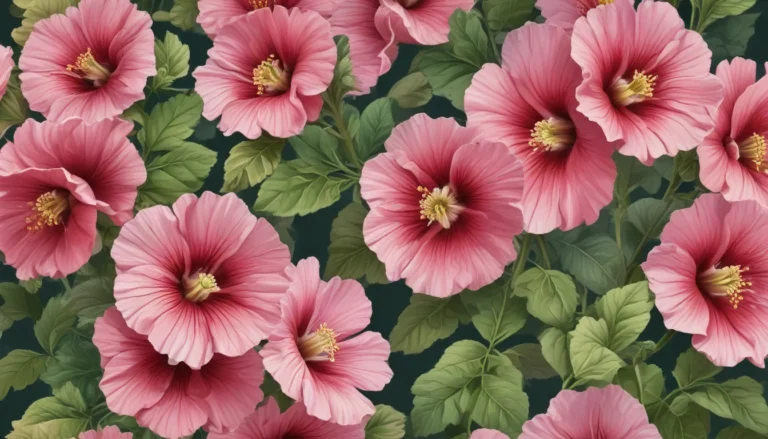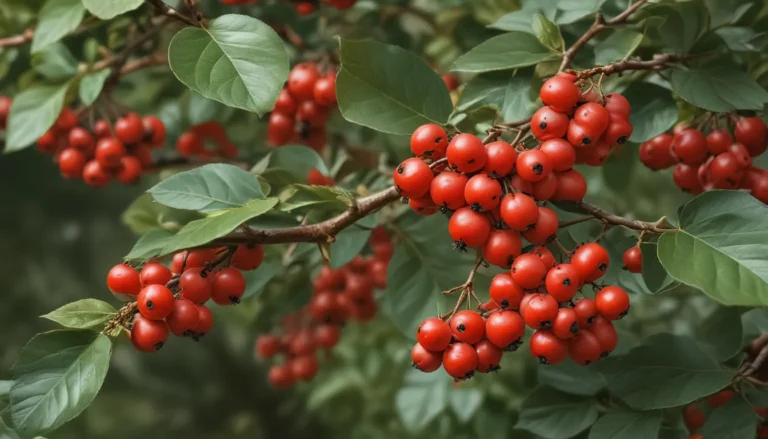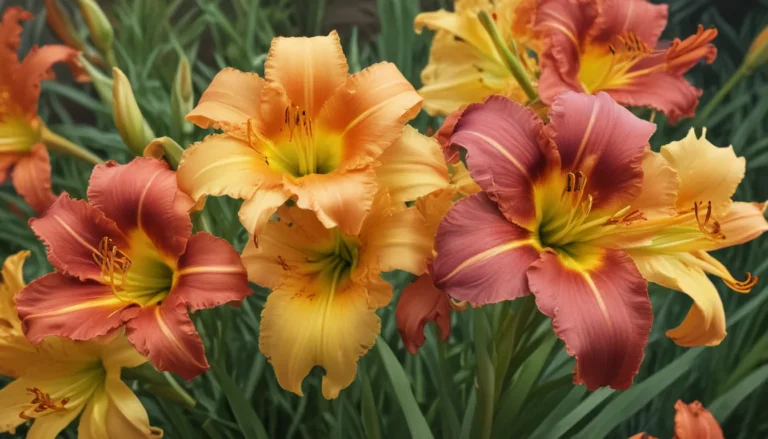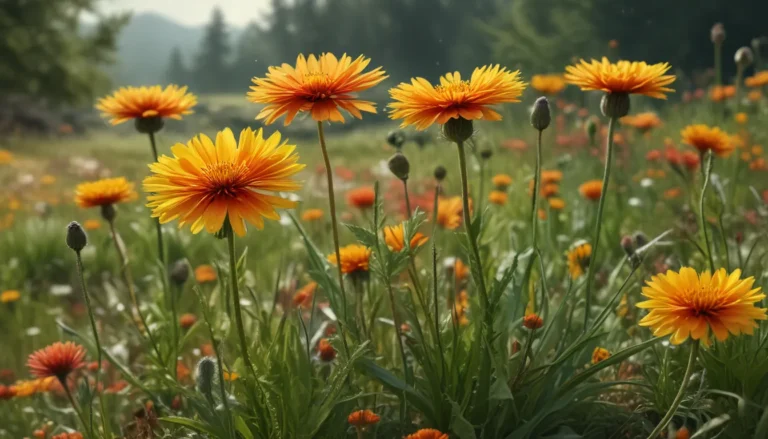The pictures we use in our articles might not show exactly what the words say. We choose these pictures to make you interested in reading more. The pictures work together with the words but don’t take their place. The words still tell you the important facts.
Welcome to the intriguing world of the Voodoo Lily, scientifically known as Amorphophallus titanum. This captivating plant, native to the rainforests of Southeast Asia, is a true marvel that has captured the imagination of botanists and plant enthusiasts worldwide. From its towering height to its unique blooming habits, the Voodoo Lily is brimming with fascinating features that make it a prized addition to any garden or botanical collection.
Delving into the Mystique of the Voodoo Lily
Let's embark on a journey to uncover 20 unbelievable facts about the Voodoo Lily, shedding light on its origin, growth patterns, and remarkable attributes. Prepare to be amazed and intrigued as we delve into the captivating world of this extraordinary plant.
Key Takeaways
- The Voodoo Lily, also known as Amorphophallus titanum, is a giant and captivating plant native to the rainforests of Southeast Asia. Its colossal size, foul odor, and rare blooming period make it a truly unique and fascinating addition to any botanical collection.
- With its massive leaves and tubers, the Voodoo Lily exudes a mysterious and exotic aura that has enchanted plant enthusiasts worldwide. Its striking appearance and elusive blooming event make it a highly coveted plant for both gardening and collecting.
The Astonishing Characteristics of the Voodoo Lily
-
One of the Largest and Heaviest Flowers: The magnificent flower of the Voodoo Lily can reach up to three meters in height and weigh around 75 kilograms, earning its name "titanum" due to its colossal size.
-
Native Habitat: Originating from the rainforests of Sumatra, Indonesia, the Voodoo Lily thrives in the warm and humid climate of its natural environment while showcasing its unique attributes.
-
Foul Odor: When the Voodoo Lily blooms, it emits a strong and unpleasant odor reminiscent of rotting flesh, attracting pollinators like flies and beetles to aid in its reproduction.
-
Patience is Key: It can take several years, approximately seven to ten, for the Voodoo Lily to reach maturity and produce its first inflorescence, making it a plant that rewards patience and dedication.
-
Brief Blooming Period: Despite the long wait for blooming, the flowering period of the Voodoo Lily lasts only about 24 to 48 hours, making it a rare and fleeting spectacle to witness.
-
Not a True Carnivore: Contrary to popular belief, the Voodoo Lily is not a true carnivorous plant despite its pungent smell that attracts insects. It does not actively capture and digest prey like carnivorous plants.
-
Impressive Leaves: The large and remarkable foliage of the Voodoo Lily can grow up to six feet in diameter, creating a dramatic presence in any garden or botanical collection.
-
Massive Tuber: Beneath the ground, the Voodoo Lily stores its energy in a bulb-like tuber that can weigh over 100 pounds, solidifying its status as a heavyweight in the plant kingdom.
-
Belonging to Arum Family: Classified under the Araceae family, the Voodoo Lily shares its botanical lineage with other unique plants like the Peace Lily and the Jack-in-the-Pulpit.
-
Distinctive Scientific Name: The scientific name of Amorphophallus titanum translates to "misshapen phallus," highlighting the unique flower structure that defines the Voodoo Lily.
-
Patterned Stem: The stem of the Voodoo Lily boasts striking mottled patterns that vary from plant to plant, adding to its visual appeal and distinctiveness.
-
Thermogenesis: Unlike most plants, the Voodoo Lily can generate heat during its blooming period, aiding in odor dispersion and attracting pollinators more effectively.
-
Wildlife Interaction: Birds and small mammals in the wild feed on the starchy tubers of the Voodoo Lily, contributing to the plant's ecological significance within its habitat.
-
Medicinal Uses: Traditional practices by the indigenous people of Sumatra have utilized various parts of the Voodoo Lily for their medicinal properties, particularly in treating skin conditions and digestive issues.
-
Dormant Phase: In adverse conditions such as drought or extreme cold, the Voodoo Lily can enter a dormant phase to conserve energy until more favorable conditions emerge.
-
Specific Cultivation Requirements: Cultivating the Voodoo Lily demands rich, well-draining soil and a warm, humid environment to thrive successfully, presenting a challenge outside its native range.
-
Botanical Garden Attraction: With its striking appearance and rare blooming event, the Voodoo Lily stands out as a coveted attraction in botanical gardens worldwide, becoming a star among plant enthusiasts.
-
Name Origins: The name "Voodoo Lily" encapsulates the mysterious and exotic aura surrounding this plant, evoking a sense of enchantment and intrigue that captivates all who encounter it.
-
Scarce Seeds: Acquiring Voodoo Lily seeds can be quite challenging as they are not readily available for sale, adding to the allure for collectors and enthusiasts seeking this prized addition.
-
Global Enchantment: The extraordinary attributes of the Voodoo Lily have enthralled plant enthusiasts from all corners of the globe, establishing it as a highly sought-after plant for both gardening and collecting endeavors.
Concluding Thoughts on the Enigmatic Voodoo Lily
In conclusion, the Voodoo Lily stands as an incredible and captivating plant that continues to mesmerize with its unique traits and rich history. From its beguiling appearance to its remarkable adaptations, the Voodoo Lily showcases nature's wonders in a truly fascinating way. Whether you are a seasoned botany enthusiast or someone intrigued by the mysteries of the natural world, exploring the realm of the Voodoo Lily is bound to spark curiosity and wonder.
FAQs for Further Insights
Q: What is a Voodoo Lily?
A: The Voodoo Lily, scientifically known as Dracunculus vulgaris, is a perennial plant native to the Mediterranean region, characterized by its unusual flower with a putrid odor.
Q: How tall does a Voodoo Lily grow?
A: A fully grown Voodoo Lily typically reaches a height of 2-4 feet (60-120 cm), showcasing its unique stature in garden settings.
Q: Does the Voodoo Lily require special care?
A: While relatively low-maintenance, the Voodoo Lily thrives in well-draining soil and partial shade, avoiding excessive watering to ensure optimal growth.
Q: How long does a Voodoo Lily bloom?
A: The Voodoo Lily blooms for a limited period, typically lasting around one to two weeks before transitioning to its next inflorescence cycle.
Q: Can the Voodoo Lily be grown indoors?
A: While possible, indoor cultivation of the Voodoo Lily requires specific conditions such as cool, well-ventilated spaces due to its potent odor.
Q: Is the Voodoo Lily poisonous?
A: Yes, the Voodoo Lily is considered poisonous due to its calcium oxalate crystals, necessitating caution when handling to prevent irritation and discomfort.
Q: Can the Voodoo Lily be propagated?
A: Yes, through methods like seed germination or corm division, the Voodoo Lily can be propagated, though it may take time for newly propagated plants to mature and bloom.
Q: Cultural Significance?
A: Yes, the Voodoo Lily holds cultural and religious associations in various traditions, believed to possess mystical properties and used in ceremonial practices.
Dive deeper into the world of captivating plants like the Voodoo Lily and explore the mysteries and wonders of nature's botanical realm. Unravel the secrets of enigmatic species like the corpse flower and delve into the vibrancy of tropical plants such as bromeliads, each harboring unique stories waiting to be discovered.
Our Commitment to Authenticity
At the core of our work lies a dedication to delivering reliable and engaging content that enriches your exploration of the natural world. Every fact shared on our platform is contributed by real users like you, ensuring a diverse array of insights and information. Our meticulous editorial team reviews each submission with care, upholding the highest standards of accuracy and credibility. Trust in our pursuit of quality as we journey together through the intriguing landscapes of knowledge and discovery.
